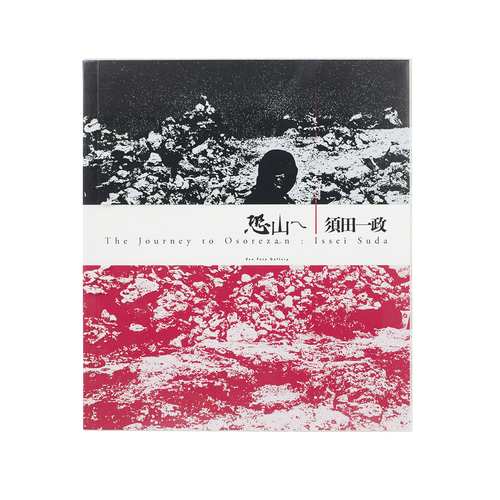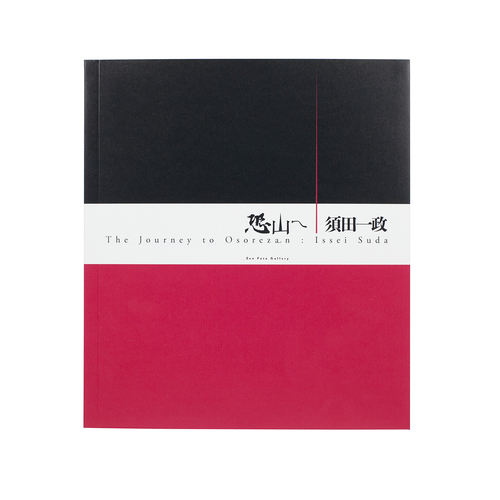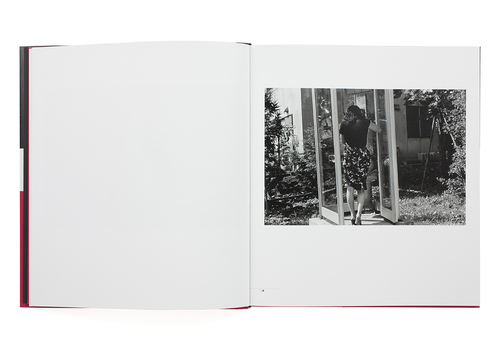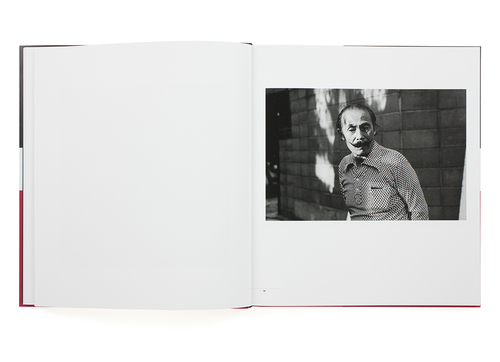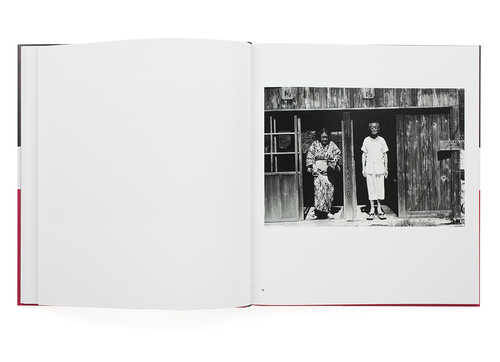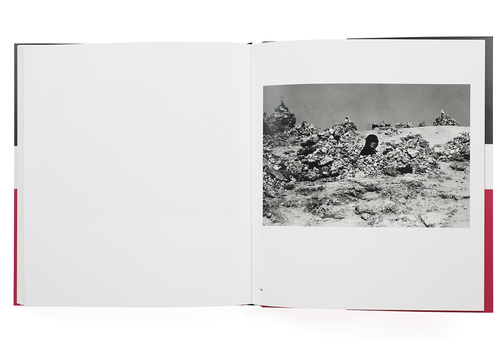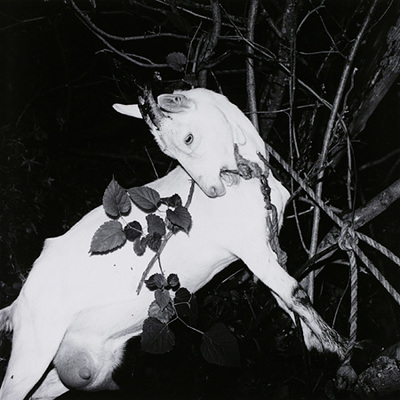
The Journey to Osorezan
Osorezan is a place in the Northern-most part of Honshu, Japan’s main island. The name literally translates to “The Mountain of Fear”, and surrounding it, there are areas actually called “Hell” and “Lake of Blood”. It is a place rich in mythology and folklore meaning, and said to be the gate to the underworld. Puddles of strangely coloured liquids bubble with toxic gases, shallow streams of yellow water line the grey footpaths, and all throughout the year, the sting of sulphur acid and an eery silence lie over the place. Everyone who does must cross the local Sanzu river, and children who die before their parents are condemned to build cairns here for eternity.
But you wouldn’t know this from the photos in Issei Suda’s book “The Journey to Osorezan”, because his photography is not concerned primarily with Nature but with people and the traces they leave in the world - both in the physical and the psychological sense. In the afterword to the book, Suda explains the circumstances in which the photos were taken in the early 1970s. Originally lead towards Osorezan out of naive, youthful curiosity, the place has during his many visits gained a deeper - maybe spiritual - meaning for him.
The photos in the book are perhaps representative of the transformations Suda must have undergone when journeying to the mountain. While the first portion of the book predominantly features civilisatory scenes and people, sometimes smiling at the camera, the mood grows increasingly contemplative. The occasional, beautifully composed shot of nature makes an appearance amongst scenes of people wandering or resting. It is not a gloomy book, but one that also is not afraid to accept life without illusions.
Suda is a master of using light to his advantage, and the photos in the book, while never quite fully abstract, are always playing with elements of the surreal. This effect is aided by the monochrome nature of the pictures, and their very strong contrast. Light is white, dark is black. And infinity of grey between them.
The Journey to Osorezan, published in 2013 by Zen Foto Gallery, consists of 65 high-quality prints and an essay by the author in Japanese and English.
$79.36
- Book Size
- 227 x 257 mm
- Pages
- 71 pages, 65 images
- Binding
- Softcover, slipcase
- Publication Date
- 2013
- Language
- English, Japanese
